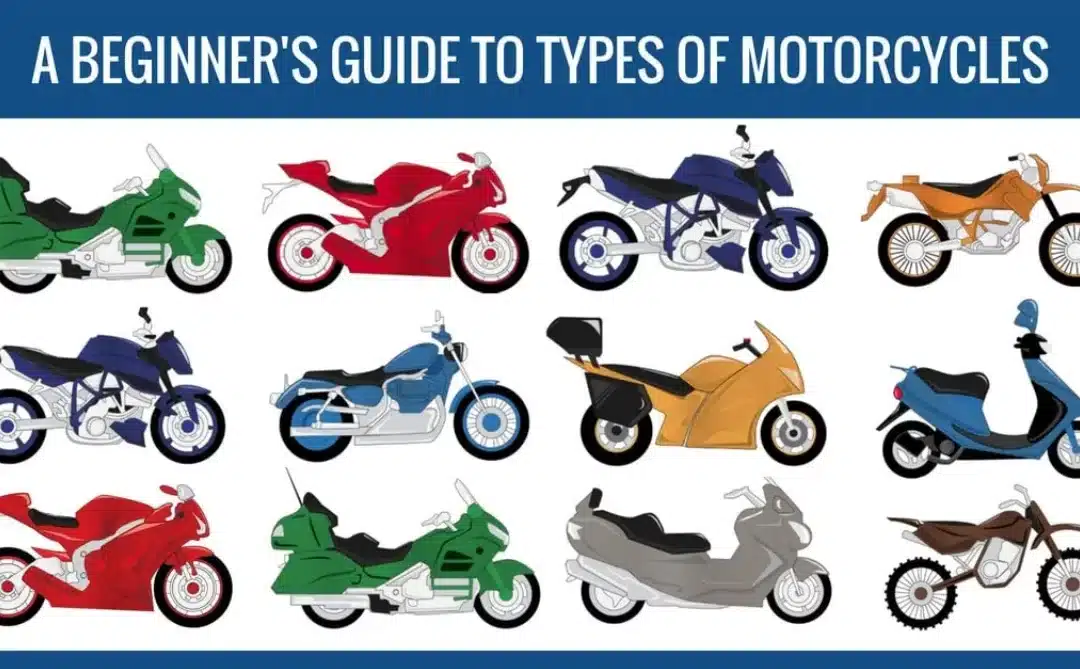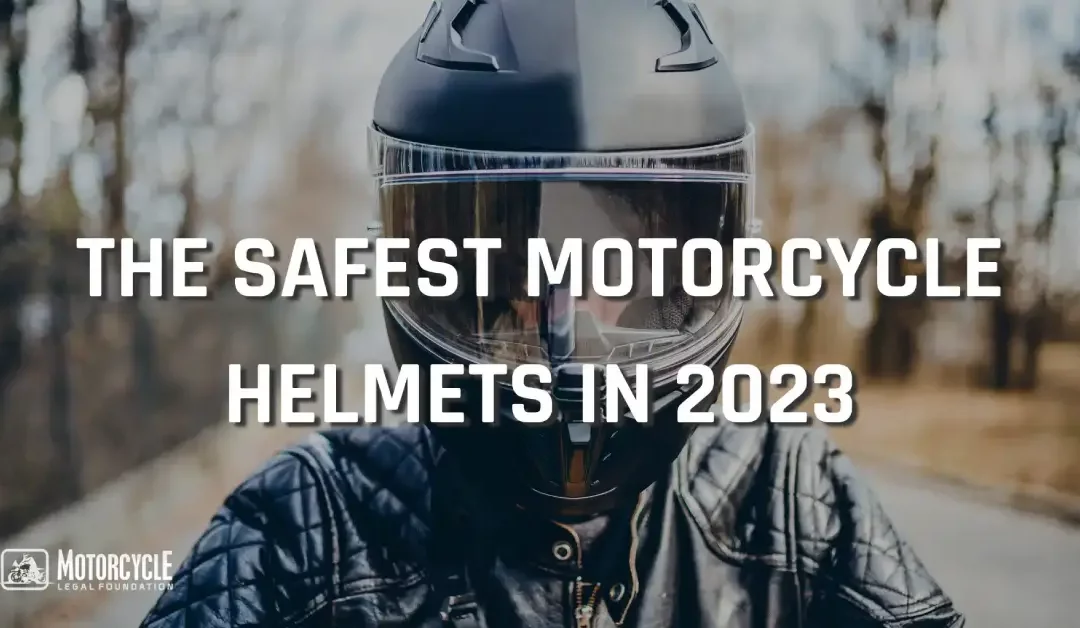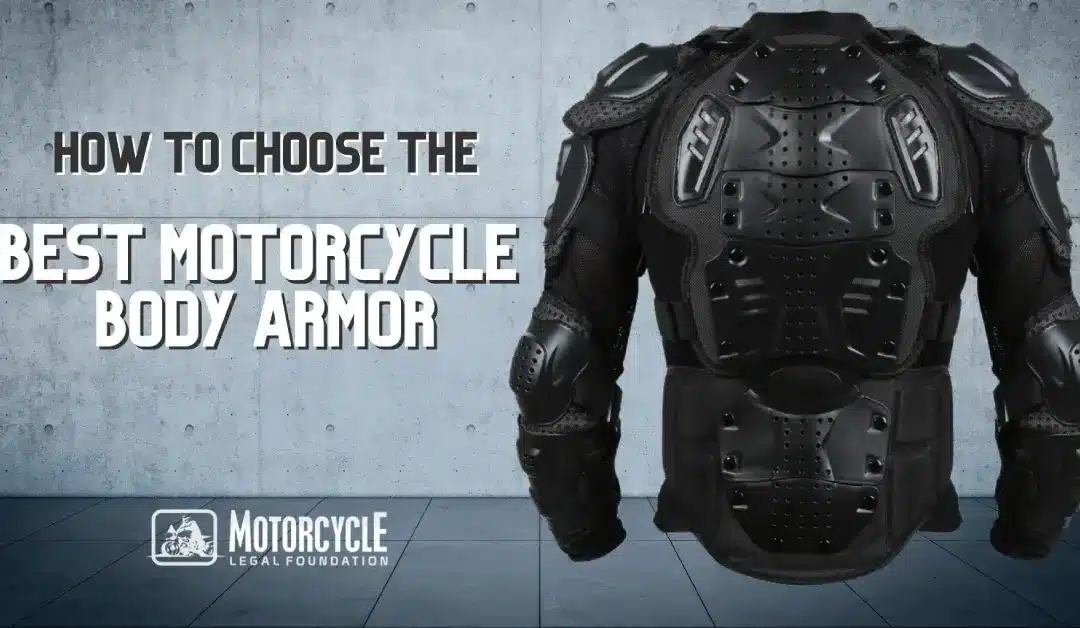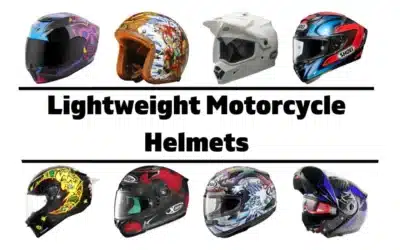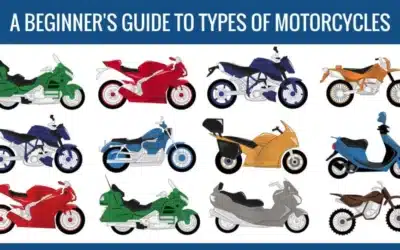The human body is composed of 206 bones… or probably more if you’re a biker. This is because motorcycles and broken bones tend to go together.
Bone Injuries by Severity
Of the top five injuries commonly experienced by motorcycle riders, four relate to bones. These are:
- Head injuries – these include skull fractures
- Spinal cord injuries – including injuries to the vertebrae
- Lower extremity injury – including broken pelvis, fibula, tibia, and femur
- Fractures – ranging from the skull to the limbs, upper and lower portions of the body.
While bones themselves have no pain receptors, a broken bone injury is still painful since it affects tissues surrounding the fault. It can also result in fluid buildup that causes swelling, muscle spasms, and severe pain.
Broken bones and fractures need to be immobilized, reset, or reinforced to heal normally. An untreated broken bone, even a minor one, can result in complications or a life-long disability.
Common Accidents Resulting in Broken Bones
Head-on collisions, left turn crashes, and open car door accidents- These account for over 80% of motorcycle accidents. Riders are typically thrown from the bike, smash against the other vehicle or object, or fall on the ground.
Side swipes, lane change accidents and sudden stops – Riders risk losing their balance, falling to the asphalt, or sliding.
Intoxicated driving – Alcohol can impair the sense of balance, motor skills and hand-eye coordination, resulting in two-vehicle crashes or fixed object collisions.
Rear impact collision – Riders can suffer whiplash, neck and spinal injuries, and lower extremity injuries from the force of the rear impact.
The Financial Cost of Broken Bone Injuries
The wide range of bone damage scenarios mean that bone injuries can range from minor (broken wrist) to severe (broken back resulting in paralysis).
- An ambulance ride, which is necessary for debilitating injuries such as neck and back damage, costs between $250 to $2,200, depending on location.
- Urgent care procedures such as bone casting may be covered by insurance, and cost about $150.
- The average cost for the non-surgical treatment of a broken arm or leg is around $2,500.
- For broken limbs or thoracic fractures, an X-ray costs between $260 to $460.
- For head, neck, and spine injuries, an MRI scan costs between $400 to $3,500, while a CAT scan can cost up to $4,800.
For serious cases, there is also the cost of surgery and aftercare, which ranges in the thousands of dollars. NHTSA data shows that only 59% of injured motorcyclists were covered by commercial health insurance, while 20% did not have any insurance policy. Patients who require physical therapy can spend between $50 to $350 for each session, while those who end up with permanent injuries may shell out more for surgical inserts and acute rehabilitation. On average, physical therapy takes about 3-4 months depending on the severity and number of broken bones.
Finally, there is also the financial toll. Since broken bones take time to heal, the rider can expect to be out of commission for weeks or months, depending on the severity and injured part. To reclaim losses, it’s a good idea to consult with a motorcycle accident lawyer and negotiate from a strong and well-informed position. Some of the damages that can be claimed include:
- Lost wages and benefits
- Medical and out-of-pocket expenses
- Continuing costs of treatment, at-home care, or physical rehabilitation
- Pain and suffering
- Loss of quality of life in case of permanent injuries or disability
- Punitive damages
Have You Been Involved In A Motorcycle Accident?
Our professional legal team screens submissions and assigns cases to some of the best motorcycle lawyers in the US.
How to Avoid Broken Bones and Fractures
1. Wear the right safety equipment
- Helmets, gloves, jackets and armor all exist for a reason: to protect the body and cushion the impact of crash or fall.
- Make sure your gear is conspicuous or reflective to increase your visibility to other motorists and reduce the risk of collision.
2. Ride defensively
- Watch out for signs of distracted or impaired drivers to avoid being sideswiped or hit in blind spots.
- Slow down at intersections and corners, even when you have right of way.
- Be cautious in stopped traffic or narrow streets with curbside parking, where an errant lane change or open door can send you falling to the asphalt.
3. Prepare for the fall before it happens
- Be familiar with the hardpoints of your armor so you can rely on them to minimize road contact in the event of a slide.
- In case of a fall, avoid stretching out your hand, or landing on your head or shoulders. Allow the momentum to dissipate by rolling along with the impact, then use your armored gloves and knees to stop the roll.
What to Do in Case of a Broken Bone Injury
- Avoid moving the injured part of the body.
- Immobilize the broken part by creating a sling using a piece of cloth, or a splint using a long, hard object.
- If there is pain, add padding to the sling or splint using your rolled-up socks, to minimize further movement of the bone.
- If ice packs are available, use them to relieve swelling. Don’t apply ice directly on the injury — wrap them in a piece of cloth or towel.
- In case of broken ribs, the victim may have trouble breathing or breathe in short, gasping breaths. Lay them down with the head placed slightly lower than the trunk to aid breathing.
- If the person is unconscious and must be moved, avoid lifting them straight up. Drag them by the feet in case they have an injured neck or back.
- In case of imminent danger, lift the victim as one unit with the head, torso, and legs supported. Do not straighten out the victim or move the direction of the head.
Have you been involved in a motorcycle accident?
Our professional legal team screens submissions and assigns cases to some of the best motorcycle lawyers in the US.

